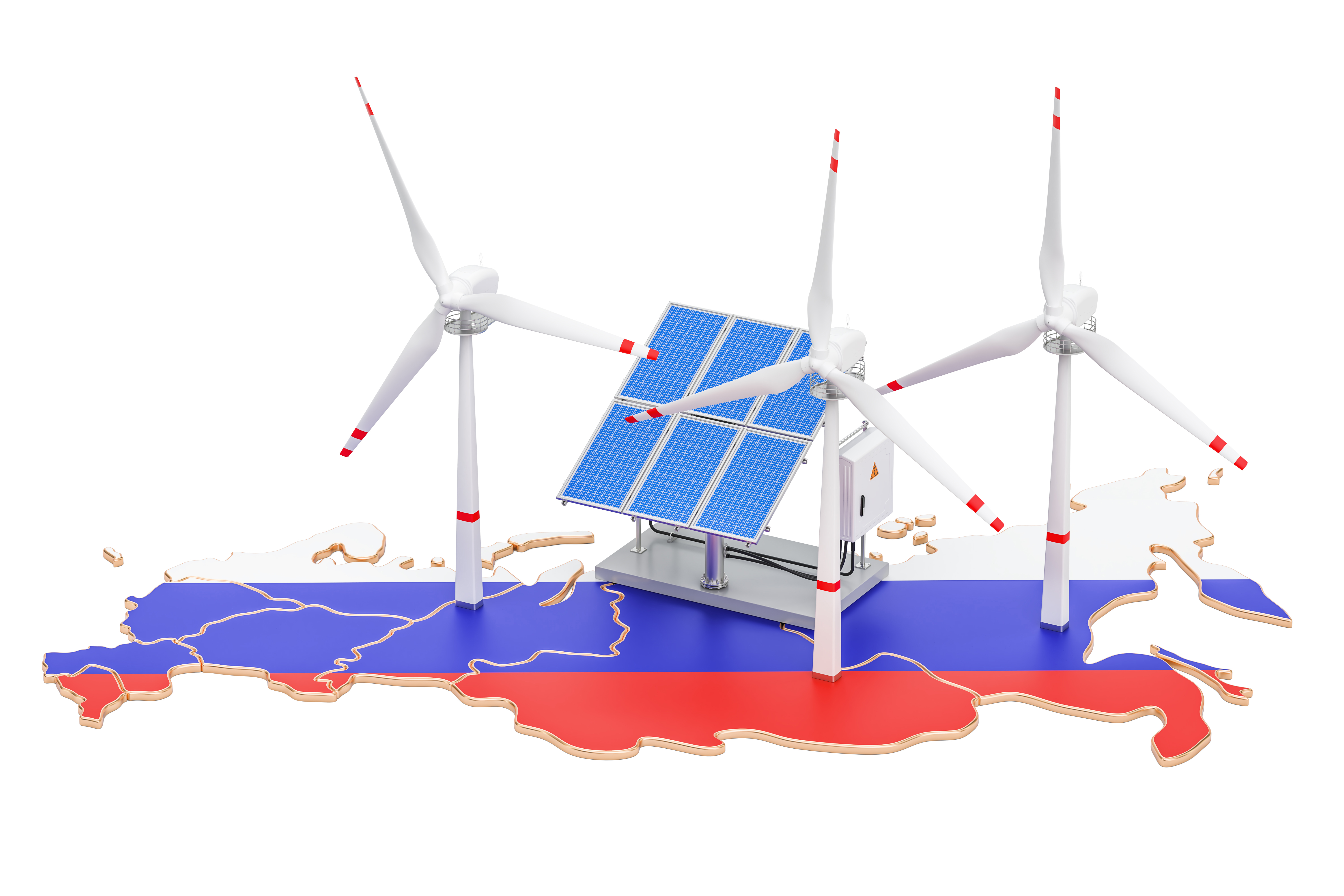Geopolitics and Renewable Energy: How Countries are Competing for Green Technology Dominance

The combination of geopolitics and renewable energy is becoming one of the most active areas of global competition. Countries are left with no option but to deal with the problem of climate change which has increased rivalry in the green technology sector and the power dynamics of international relations. It is not only about energy self-sufficiency but also the power that comes with the solutions of green energy. This begs the question of how this competition is changing geopolitics and what will it lead to for our dear planet in the future.
The struggle against this Russian aggression places in the spotlight the existence of fossil fuels. The consequences of climate change are now felt by most nations and as a result they are seeking and actively searching for sustainable resources. This scramble has resulted in the competition for renewable energy resources like solar batteries and wind energy and many others. There is more to it than just environmental sustainability; a nation's economic well-being and global influence are of much greater importance.
China has establish itself as a serious competitor in the renewable energy market with its notable investments in solar panels, wind turbines and more. Almost 60% of the world’s solar panels were manufactured in China in 2021. Such a monopoly gives China the power to design the supply chains of commodities and dictate the standards of development and economics of environmental technologies. Furthermore, China's Belt and Road Initiative which includes investment into renewable energy projects in the developing states enhances its grip and forms dependencies. Thus, some nations adopting Chinese technologies may get caught in cross fire of geopolitical issues questioning the area’s independence and self governance.
At the same time, the U.S is looking to reassert itself in the international renewable energy competition. The Biden government has taken significant steps towards clean energy creation while also setting exciting goals on reducing emissions and increasing the number of electric cars used. The issue is then shifting domestic assembly and fabrication capacities and also securing supply chains for key components. lithium for batteries. The U.S. is also looking to build partnerships with other nations such as Canada and Mexico to help foster an North American clean energy region through cooperation as a means to achieve energy self sufficiency.
Across the world there are climate changes which all governments across the globe need to prepare for, the EU has for instance outlined aims of becoming climate neutral by the year 2050. Europe is providing great incentives for investment in renewable energy sources while at the same time trying to promote it’s European Green Deal. Nevertheless, there are frictions within the European Union because member states are eager to position themselves in the forefront because they see prospecting economic gains for being in the lead of this green revolution which is about to happen across the world.
This is not the only niche as other developing nations especially in Africa and southeast Asia are not very far as they are in fact looking to skip the dependency on traditional energy systems by focusing more on renewable technologies. This in a sense makes it more viable for nations to have an energy supply while remaining fossil fuel free. However, investment in these regions is often coupled with conditions as foreign powers are trying to gain strategical control on these economic regions.
In addition to technology, the war around renewable energy has to expand to include resources such as lithium, cobalt and rare earth elements which have become lithium, cobalt and rare earth elements. In recent decades the supply of plants containing these resources has exponentially increased the number of countries who currently possess them. Such a scarcity of certain minerals has created an increase in political tension amongst some of the superpowers which struggle for control over these resources. The bigger problem comes in when these countries which lack certain resources decide to intervene through compulsory importation of those products creating a scramble of sorts.
International competition has subsequently become more complicated especially given the fact that the enhancement of that competition goes against the solving of climate change which is a global issue and requires a collective resolution. Environmental issues require international agreements such as the Paris Agreement, In spite of the fact that this kind of treaty should be effective, competing interests between nations often reduces its effectiveness. It is manageable to achieve carbon targets but only when the form of carbon targets, nationalism is overlooked.
Geopolitical shifts along with advancement in technology are likely to have a great bearing on the renewable energy sector. The development of new technologies such as battery, hydrogen and carbon capture will change the energy paradigm. Countries that invest in the exploration and commercialization of such technologies will not only become economically advanced but will also change their geopolitical image. This evolving rivalry will determine how energy markets are structured and who the green economy countries will be.
To conclude, the relationship between geopolitics and renewable energy politics is a multidimensional and ongoing story. The quest for green technology drives competition among nations but the effects are beyond energy sphere. New forms of diplomacy, new forms of economic policy, and changing geopolitical scenario are triggered by the quest for green energy. This competition is important because it determines what the world will be like in future. But through globalization and healthy rivalry, nations can foster a future where energy is both secure and sustainable.

